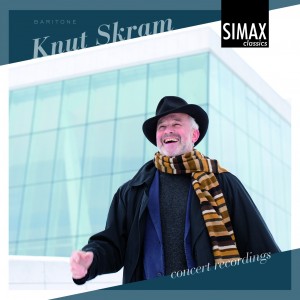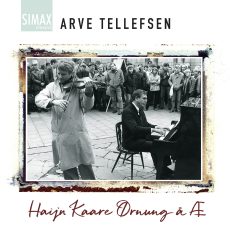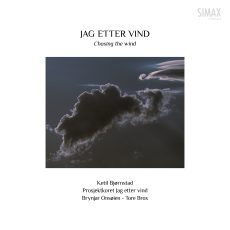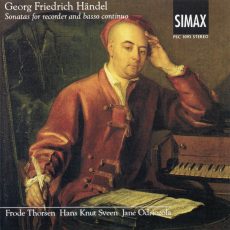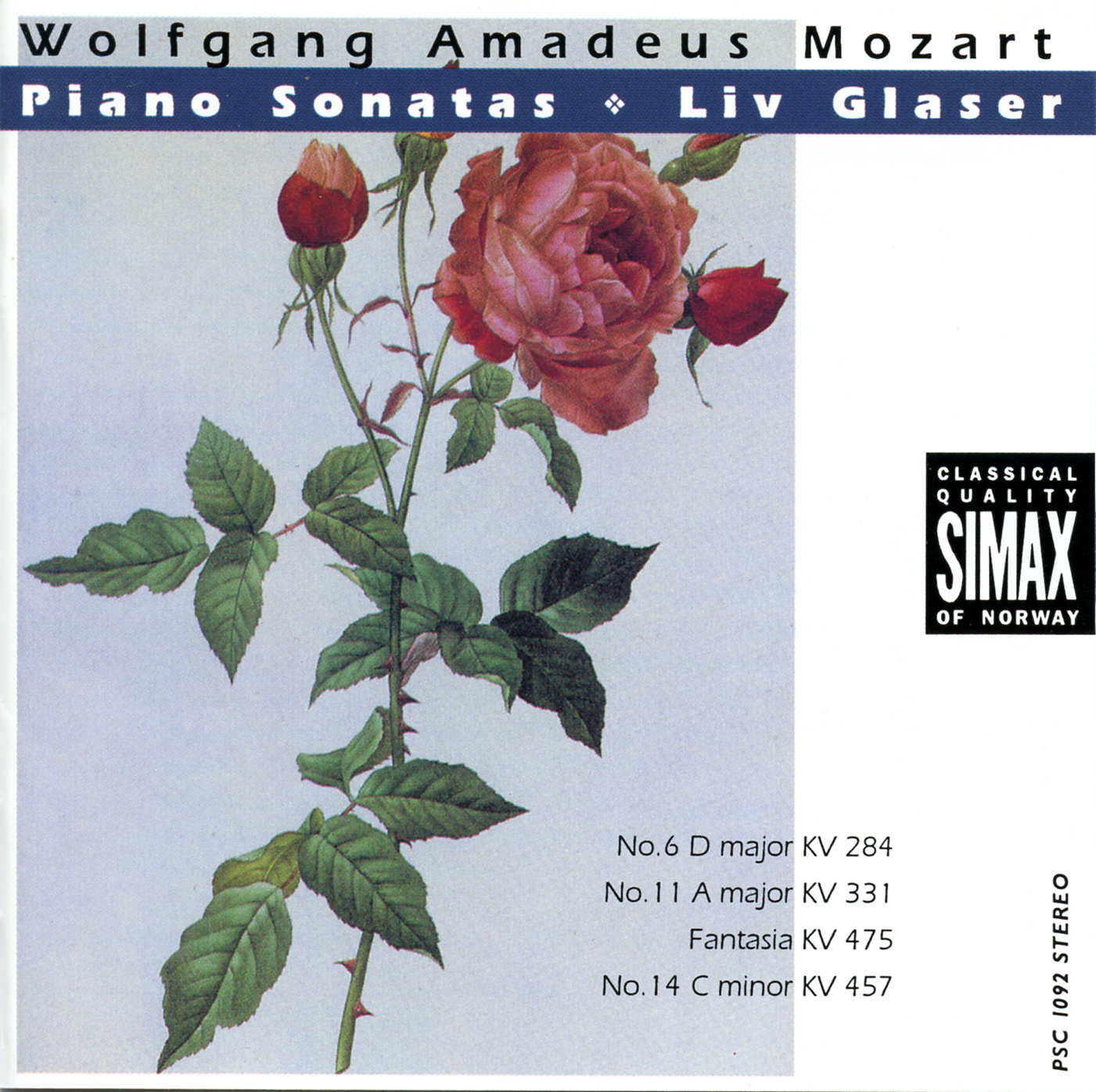Norway’s foremost baritone Knut Skram had his breakthrough at Glyndebourne in 1969, as Guglielmo in Così. He has done Wagner at Deutsche Oper and Beethoven, Strauss and Verdi at Staatsoper Under den Linden in Berlin, and at the most had more than 60 roles at the ready. At his home stage Knut Skram is a living legend, and these days he is in front of presenting the brand new opera house in Oslo. This CD contains concert recordings from Skram’s entire career, available for the first time.
Breakethrough
After his Norwegian debut, Skram continued to make a great impression also internationally. He was invited to Glyndebourne nine times, and achieved great success also in 1973 singing Figaro in The Marriage of Figaro together with three young, relatively unknown singers: Kiri te Kanawa (the Countess), Frederika von Stade (Cherubino) and Ileana Cotrubas (Susanna)! Directed by Peter Hall, the performance is now available on DVD. The 1974-75 season was a veritable Rossini year for Skram. He sang Figaro in The Barber of Seville in Norwegian in the autumn; the same part in English in Johannesburg the following January at which time he was learning the part in Italian for a performance at the Théâtre L’Odéon in Paris, and the next autumn in German in Bonn.
International career
Over the years, and with the development of his voice, Skram took on all the major baritone roles, from Germont in La Traviata to Ford in Falstaff; from the title role in Macbeth to Don Carlos in La forza del destino. Among many highlights were performances of Tosca at the Bolshoi Theatre in Moscow, and in Oslo with Plácido Domingo as Cavaradossi; and, not least, Simon Boccanegra at the Norwegian National Opera. In 1990, when Knut Skram entered the Arena di Verona as the first Norwegian ever, he intended to leave after Tosca (played by Linda Rourke Strummer) had killed him in the second act in the role of the dreaded Chief of Police. But the renowned Italian baritone Cappucilli told him: “Don’t even think of leaving after the second act! The big ovation comes at the very end!” Skram stayed behind, and at the end 20,000 people rose to their feet shouting “Scarpia – Skaramma! Scarpia – Skaramma!”
The new opera house in Oslo
Skram’s diploma thesis in his architectural studies was called “An Opera House”, making him ideally suited for the jury of the new opera house in Oslo forty years later. And although he gave his farewell performance at the Norwegian Opera in 2000, with HM King Harald V present, Skram made his debut in Teatro Liceu (Barcelona) this year, and he is of course central in the opening production OperaFest at the new opera house in Oslo.










